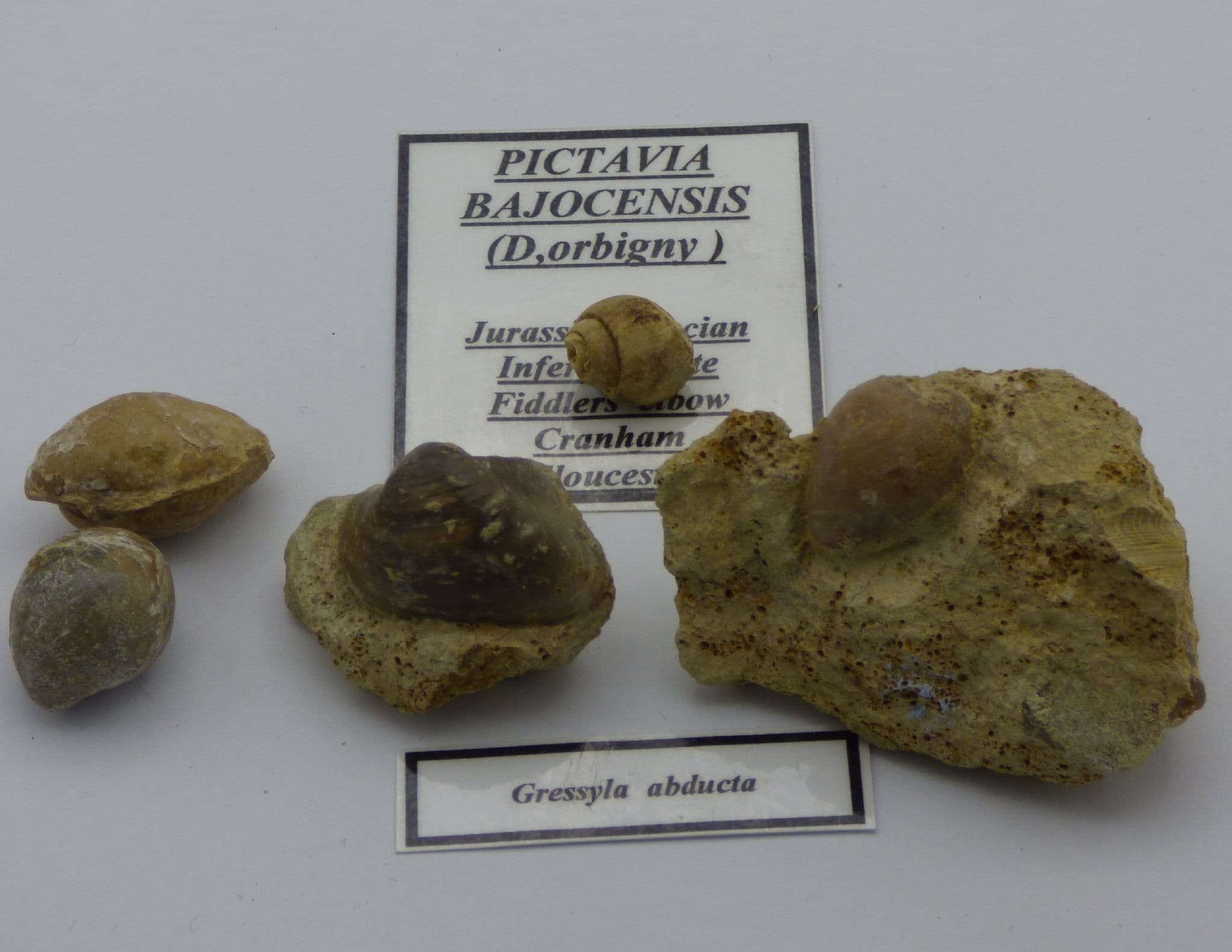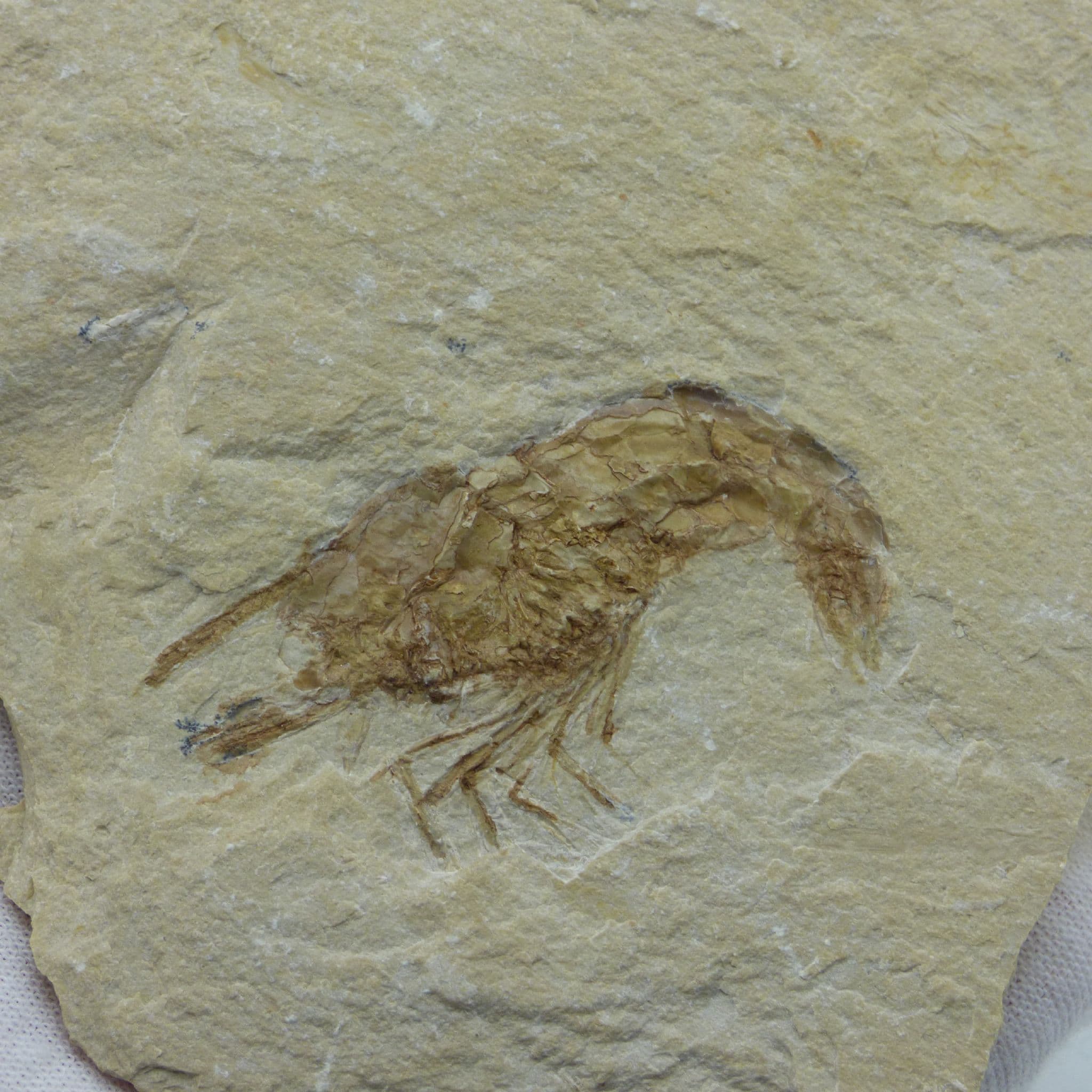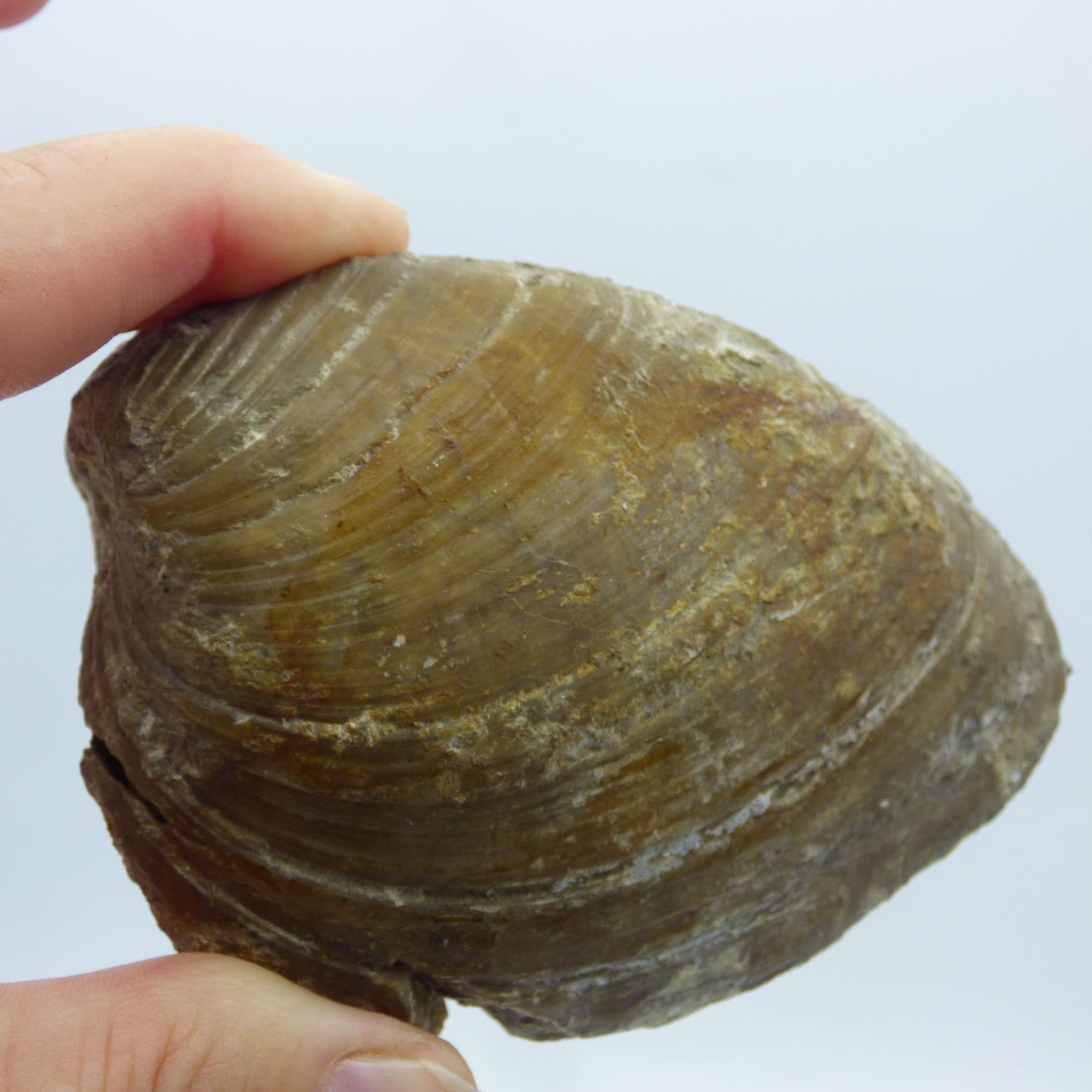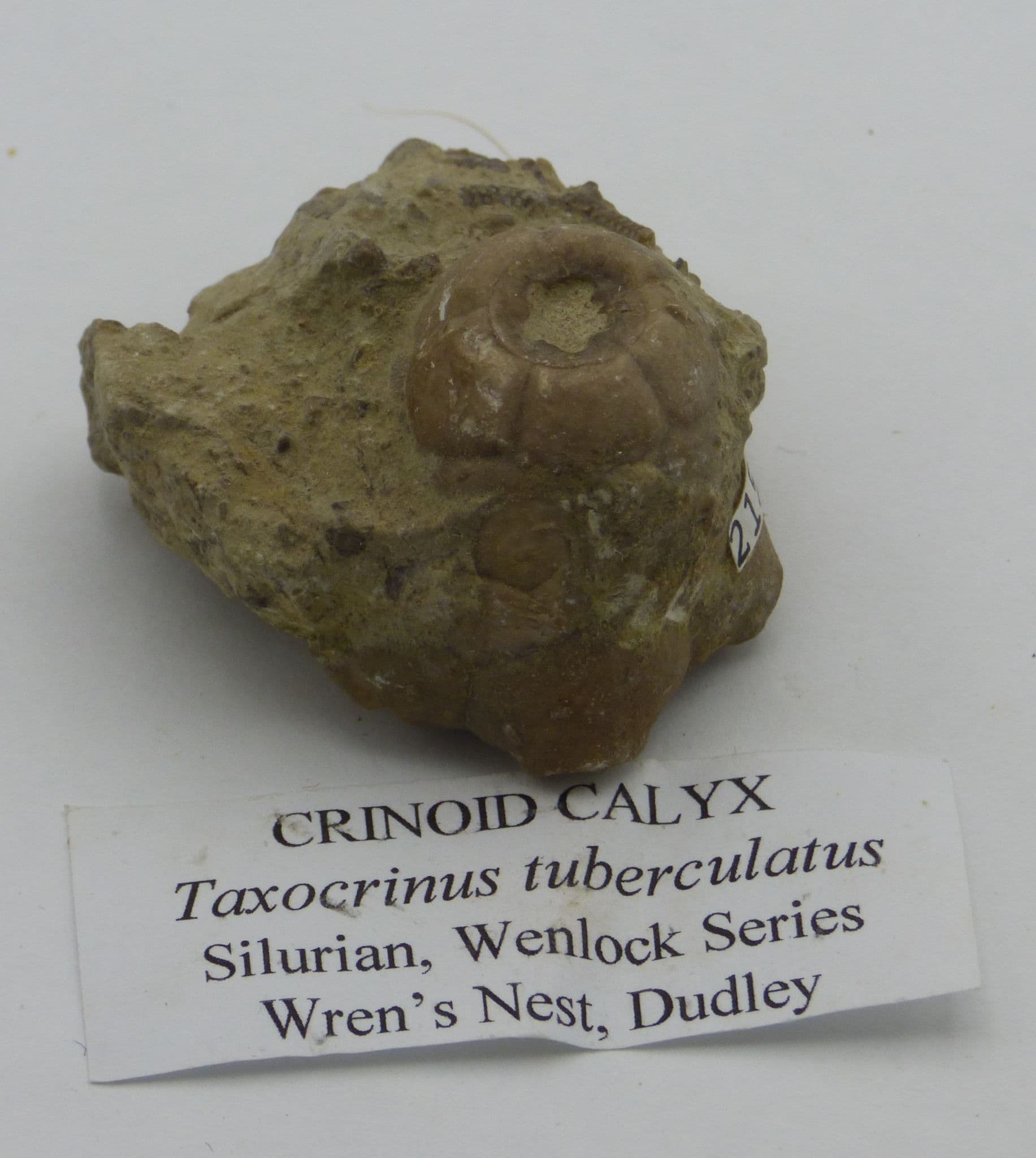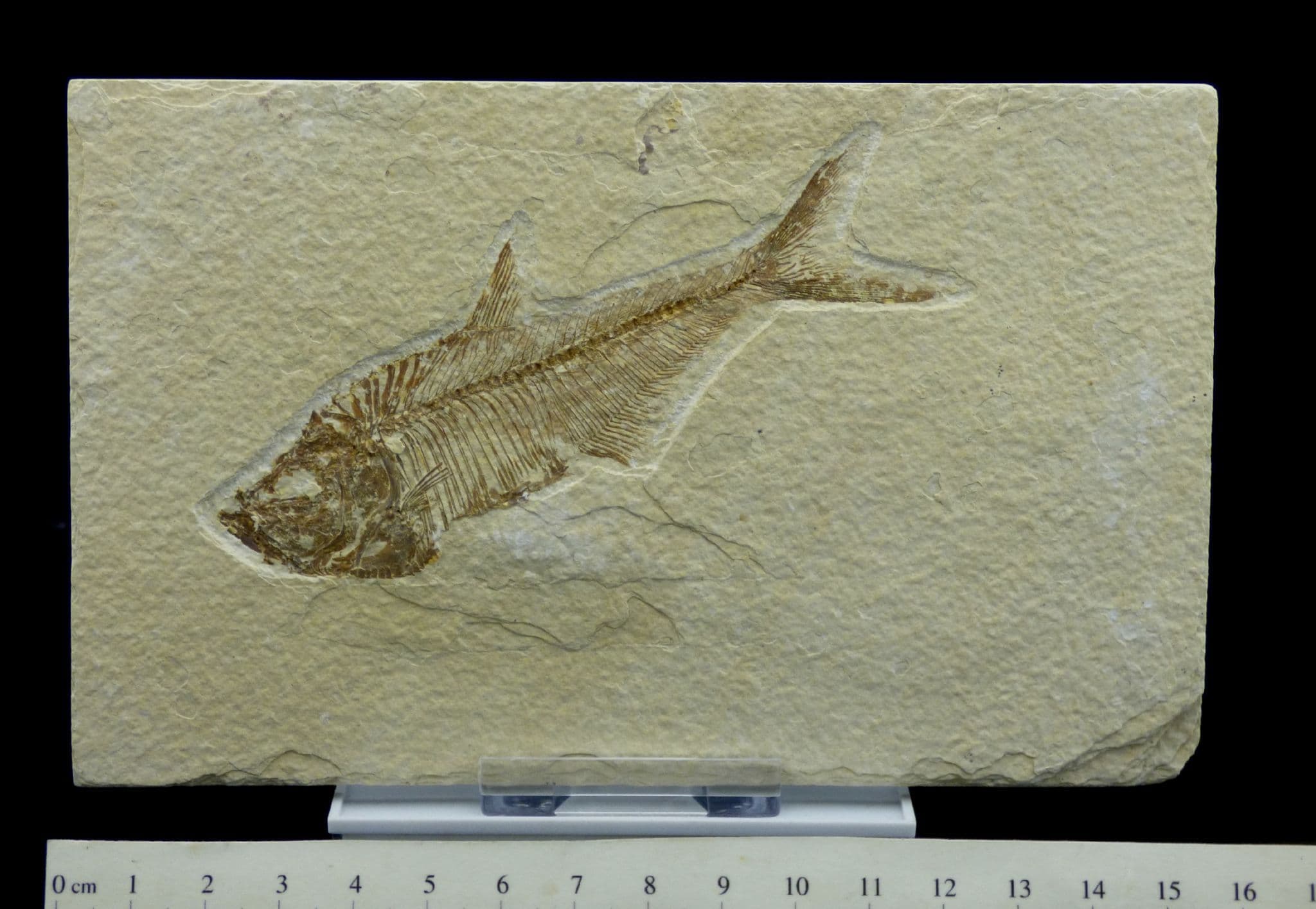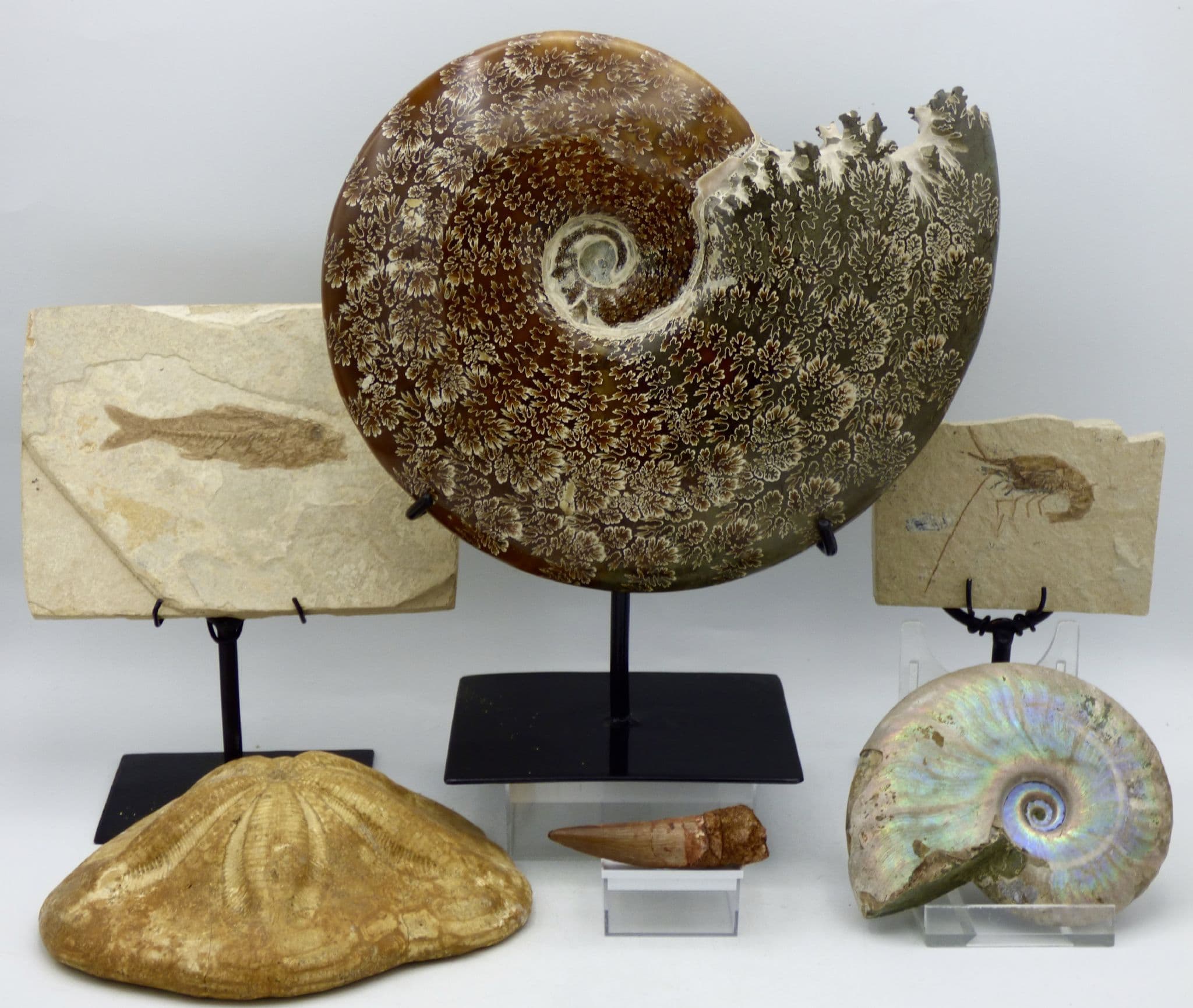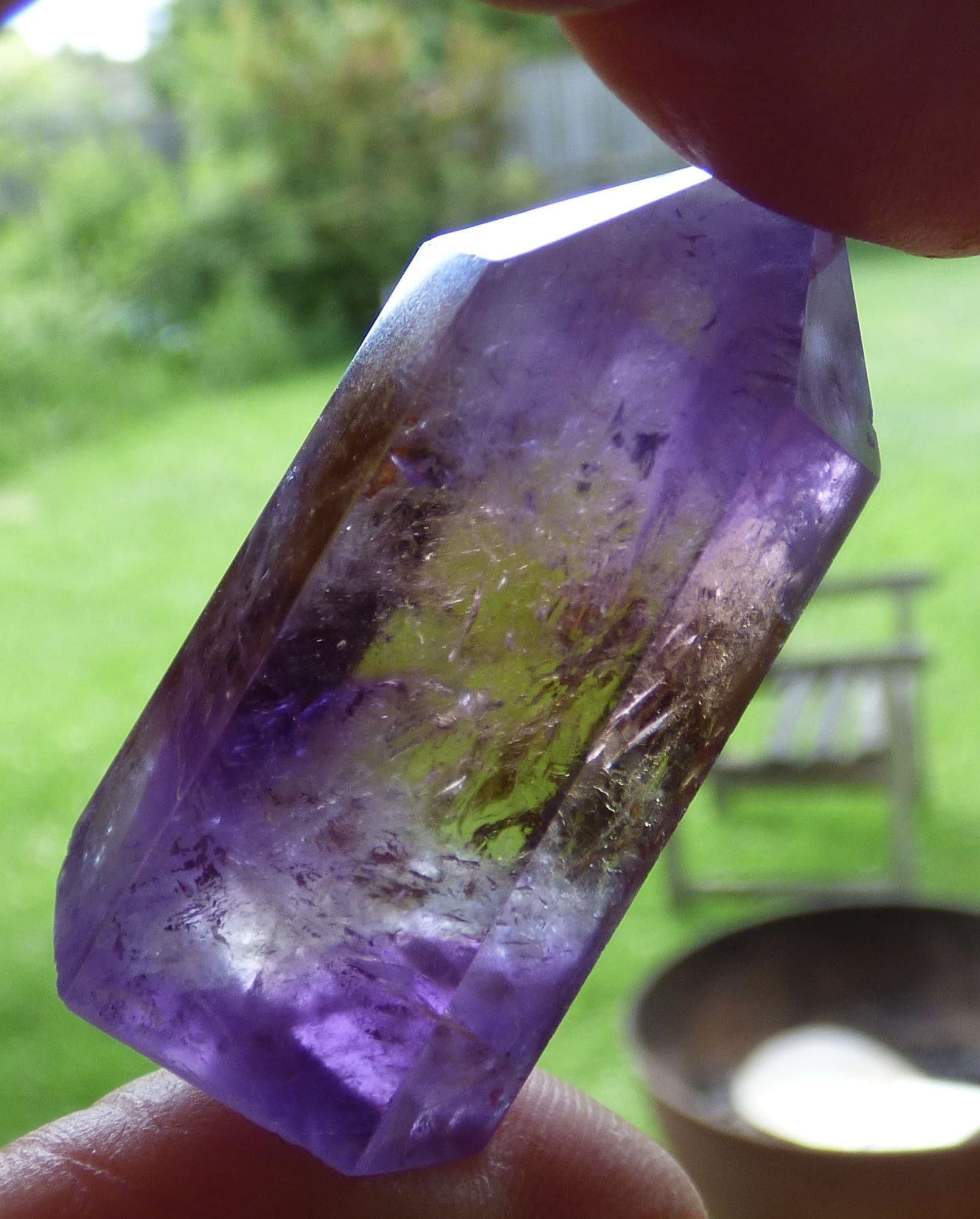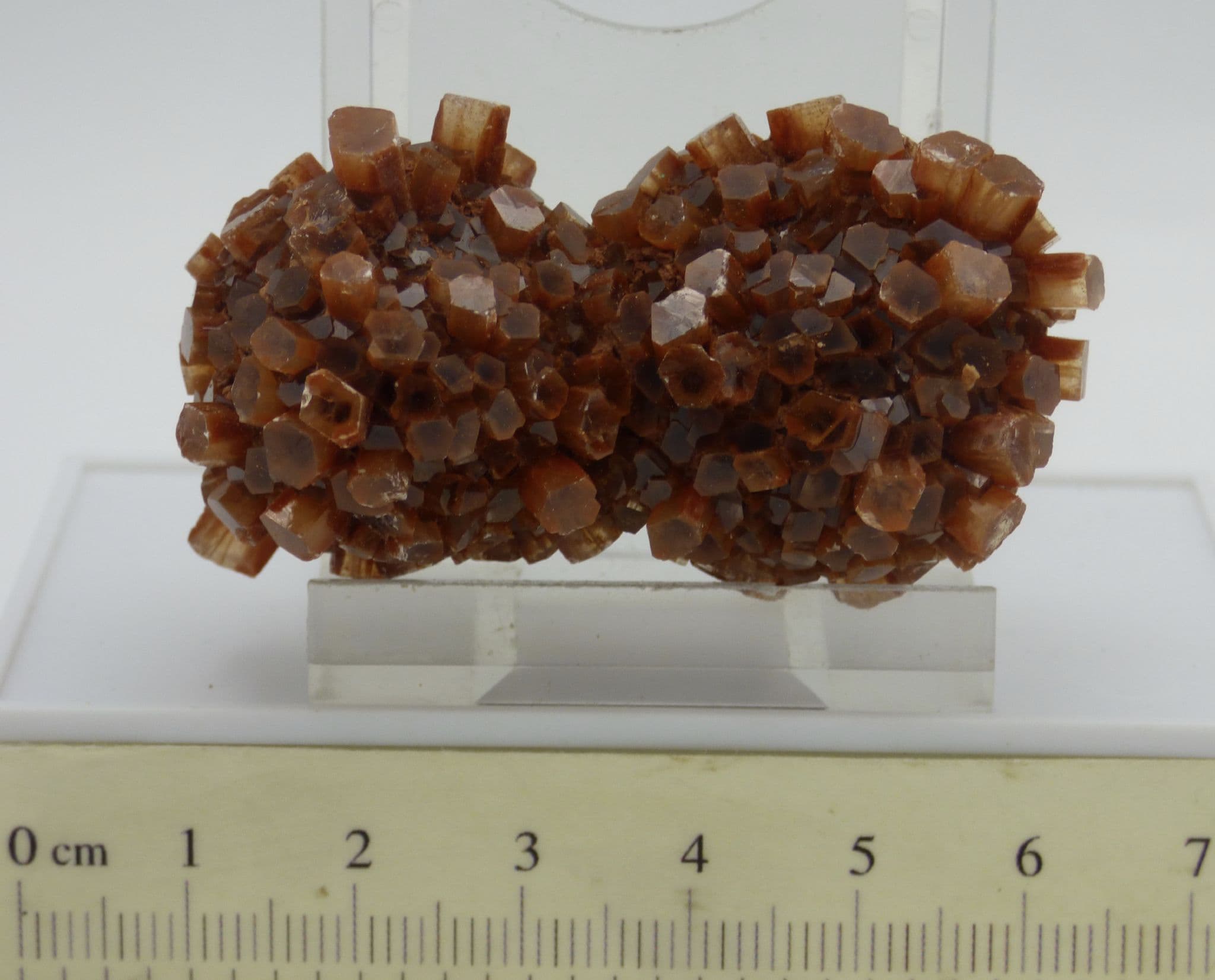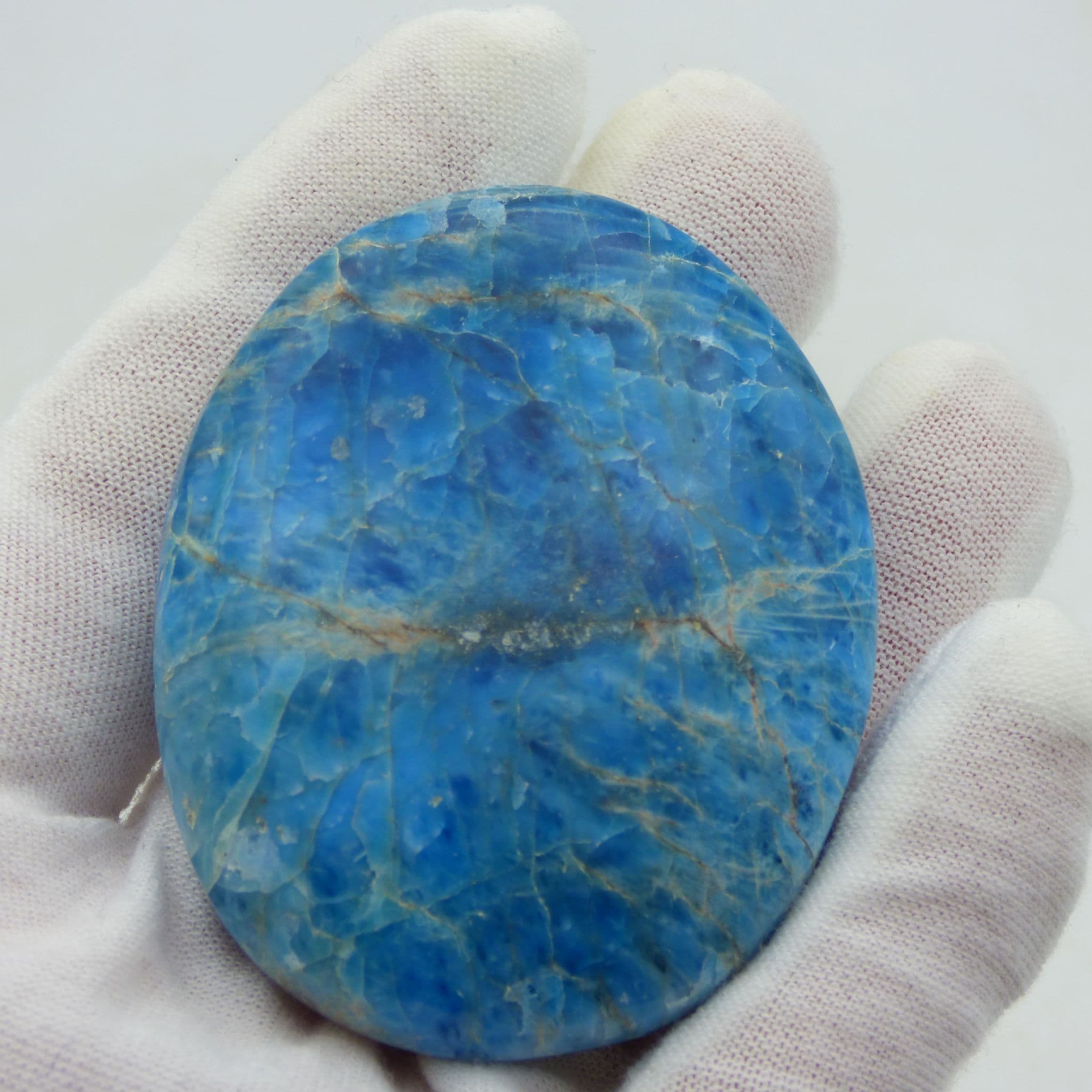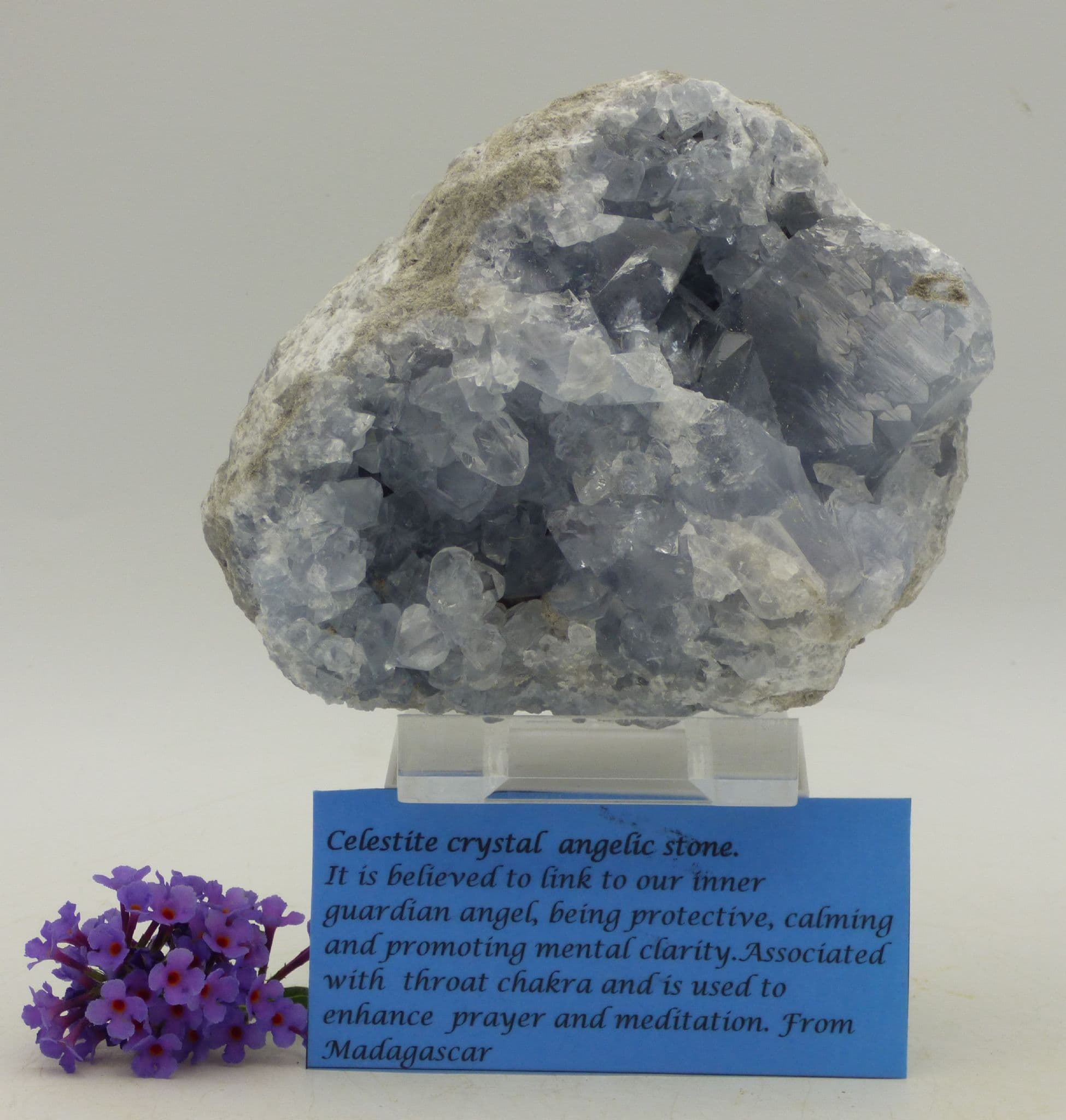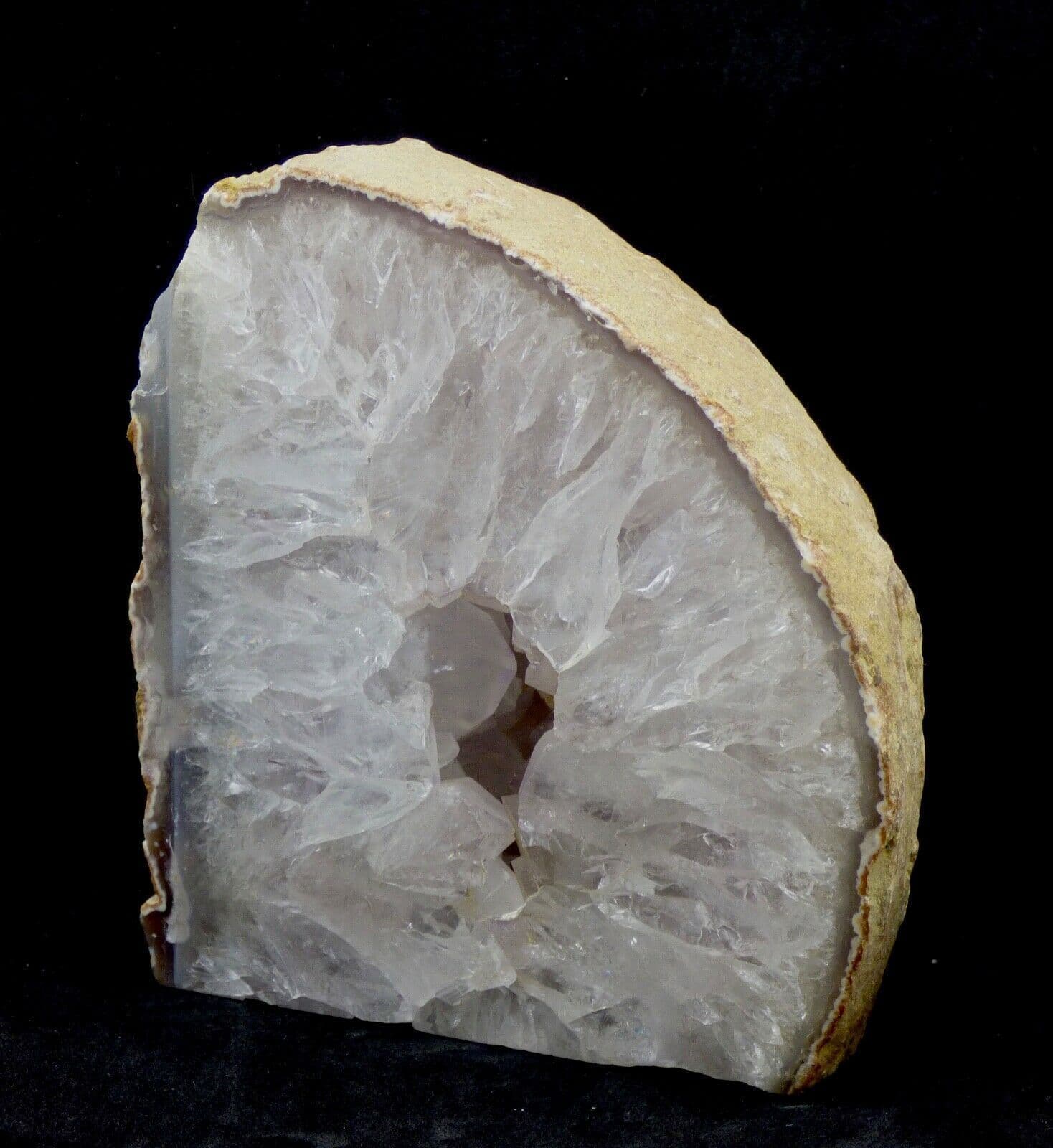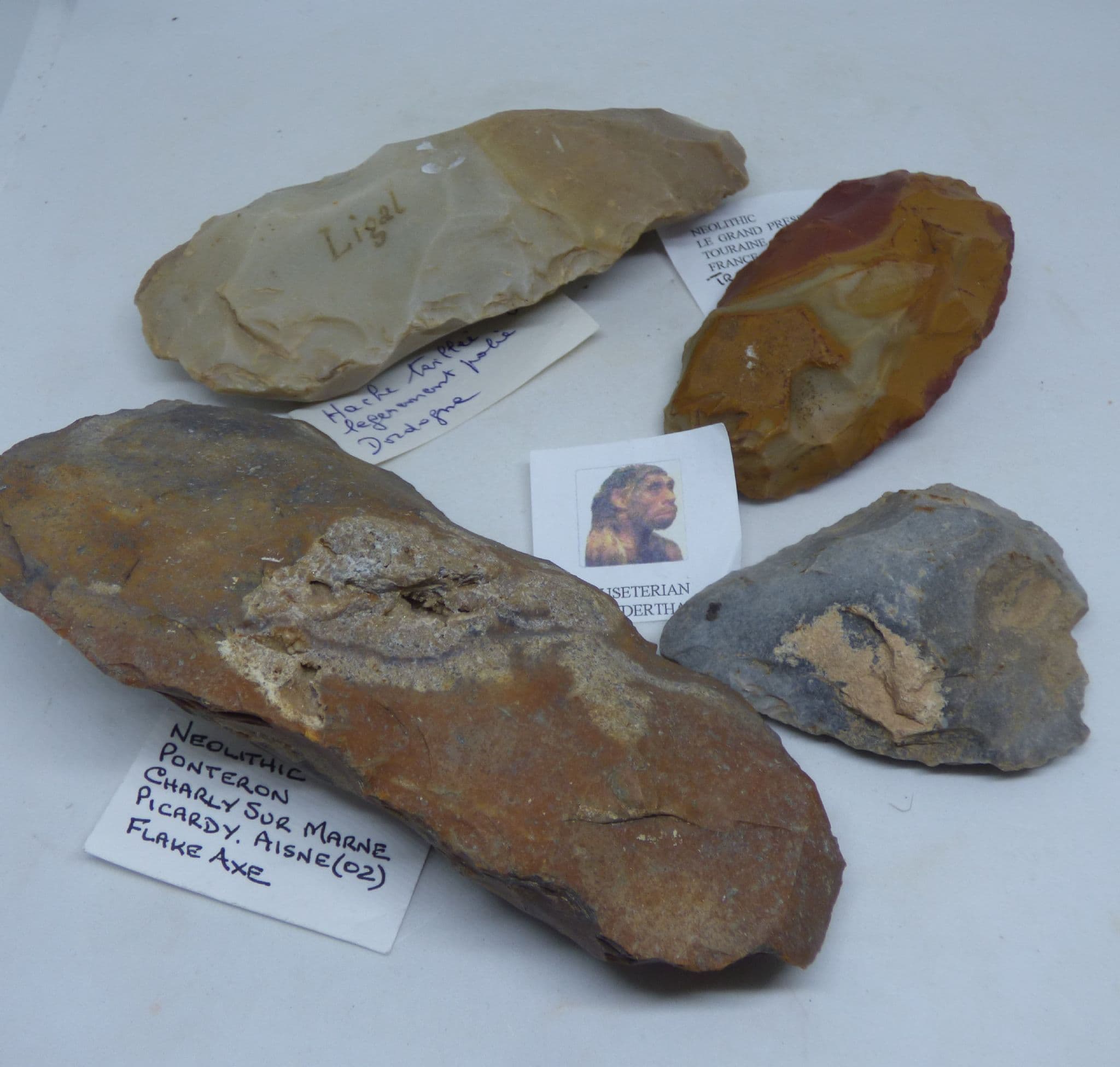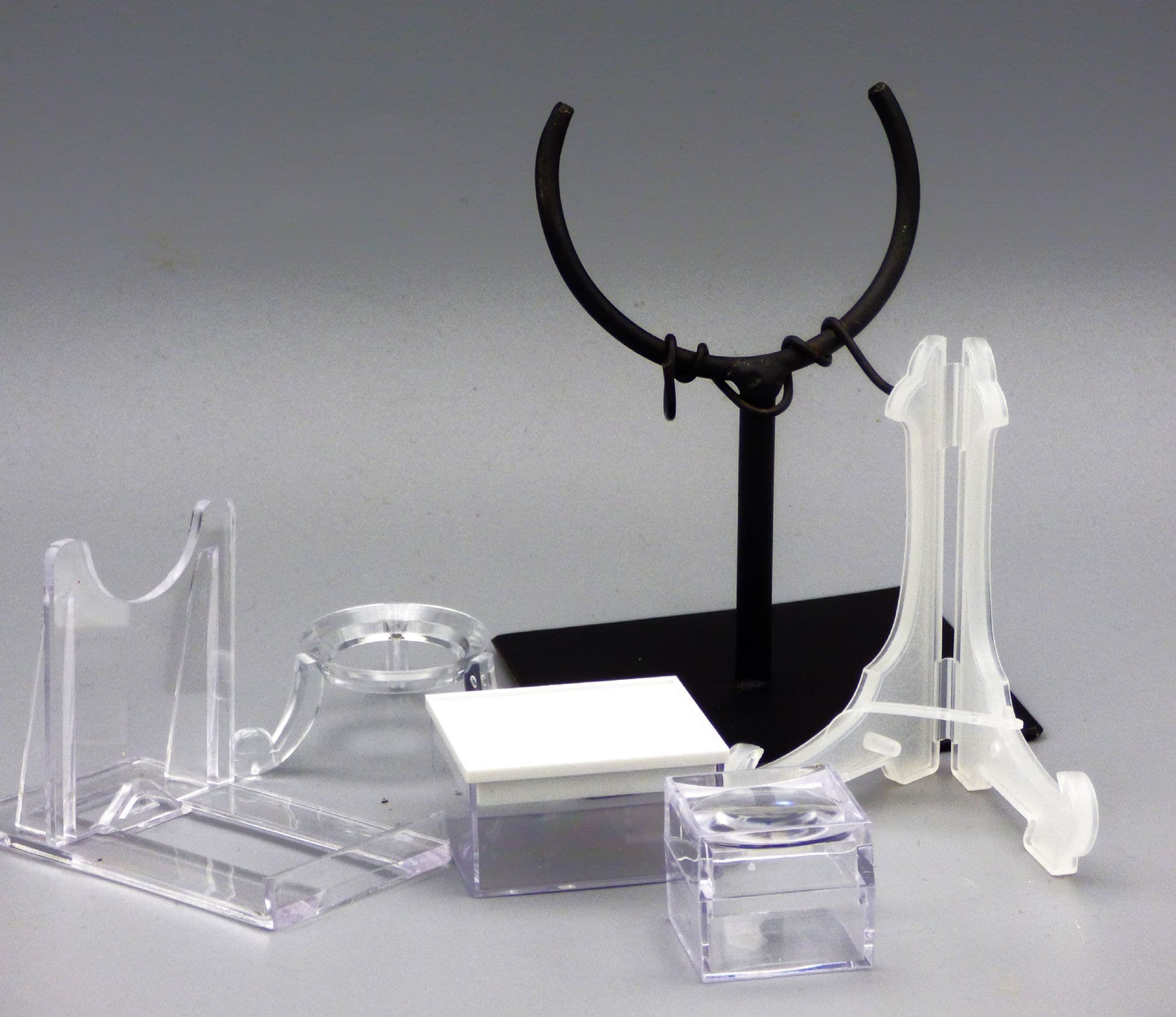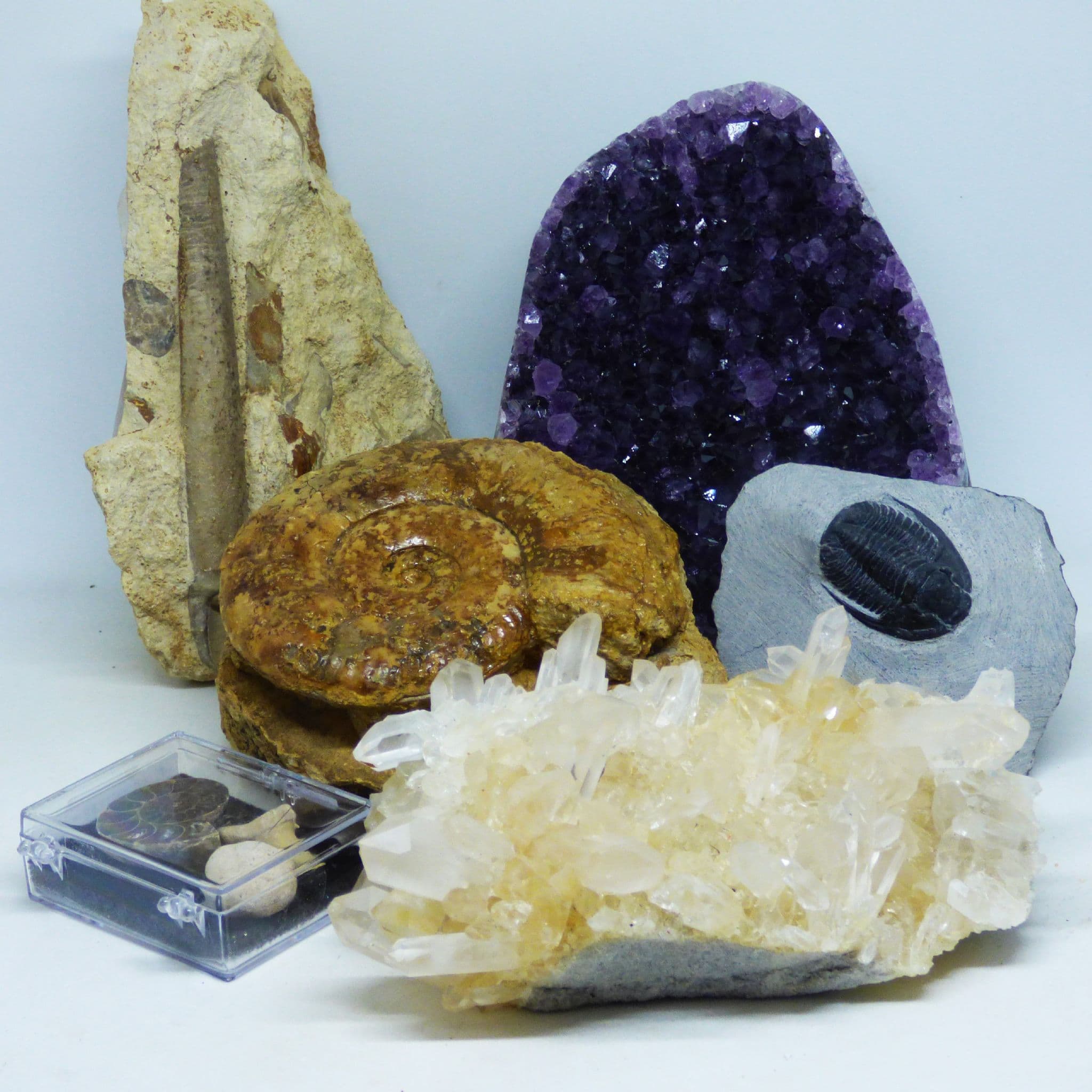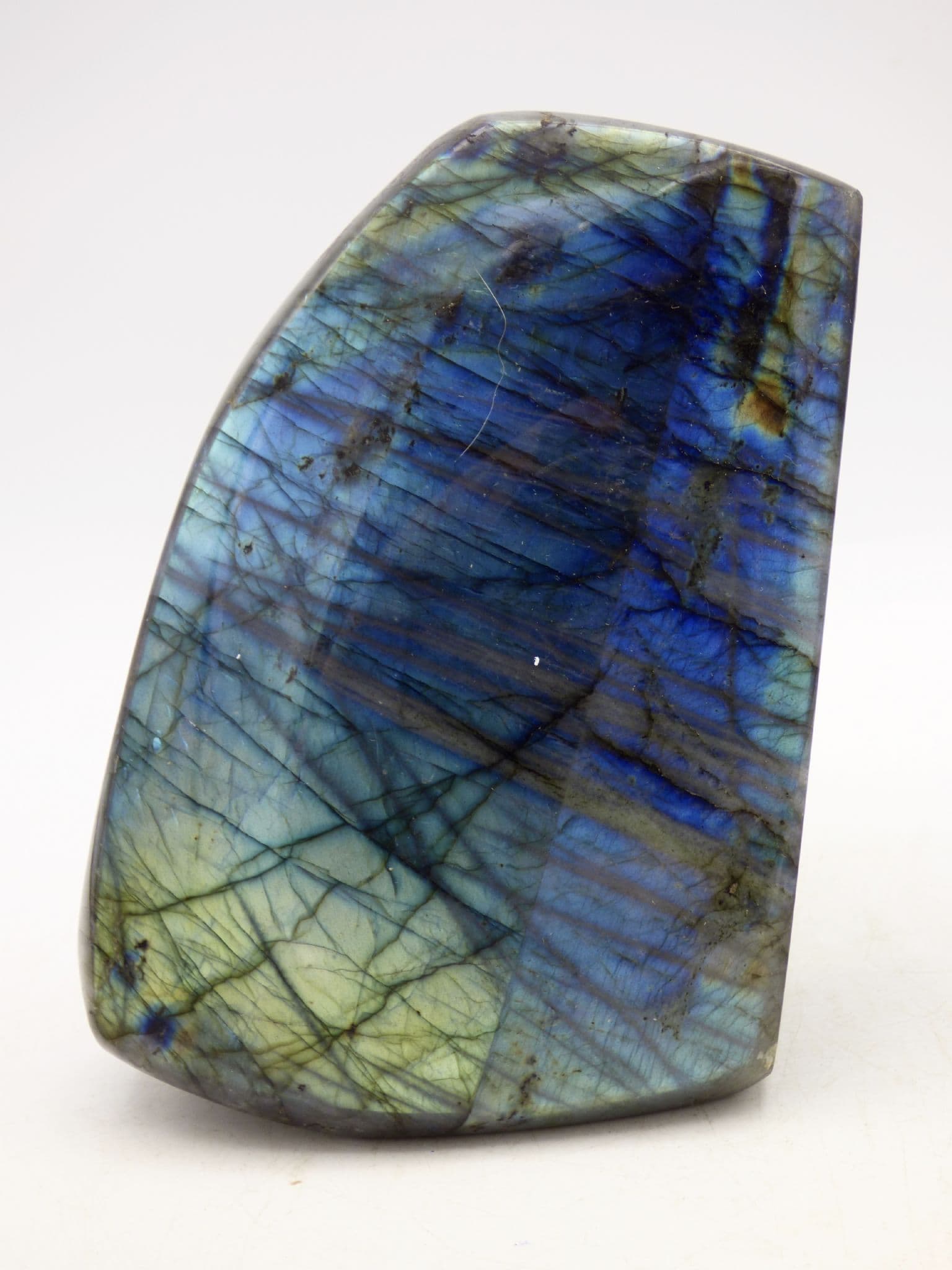Jurassic Fossil Ichthyosaur Humerus Fragment
Guarantee Safe Checkout
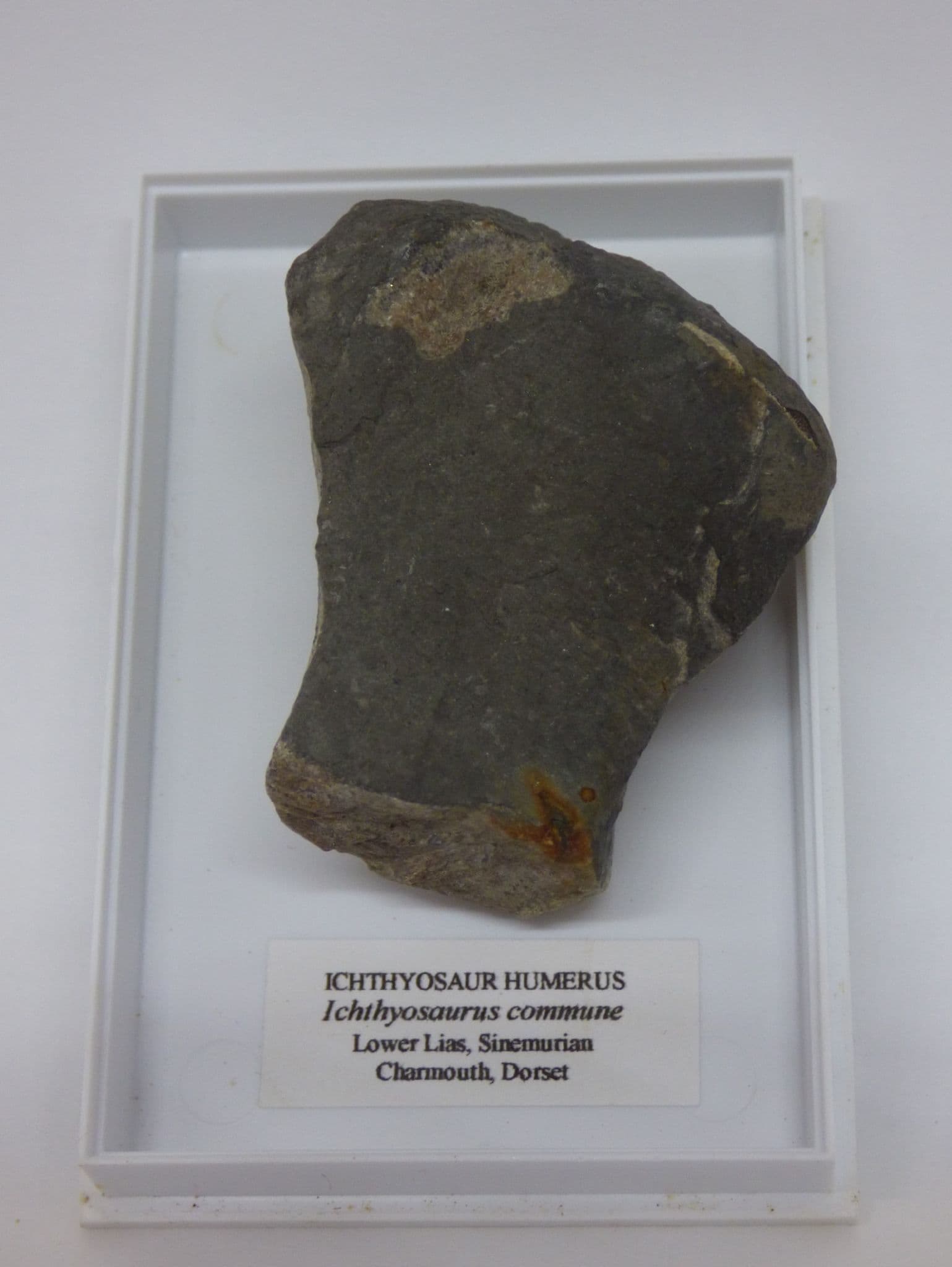
Jurassic Fossil Ichthyosaur Humerus Fragment
Jurassic Fossil Ichthyosaur Humerus Fragment in Collectors Box
Humerus fragment Ichthyosaur
Date: Jurassic .Lower Lias, Sinemurian
Provenance: Charmouth , Dorset, UK
Size: 4.8 x 3.7 cm weight 75 gm .
Condition:As seen code 8804
Ichthyosaurs were a group of marine reptiles that lived during the Mesozoic Era, primarily during the Triassic, Jurassic, and Cretaceous periods. They were well-adapted for life in the water and exhibited a diverse range of body shapes and sizes, from small, dolphin-like species to large, apex predators.
One of the most striking features of ichthyosaurs was their streamlined bodies, which allowed them to glide effortlessly through the water. They had long, toothed jaws adapted for capturing prey, and their limbs were modified into paddle-like structures for steering and propulsion. These adaptations made them highly efficient hunters, enabling them to pursue fast-moving prey such as fish and squid.
Ichthyosaurs gave birth to live young, rather than laying eggs like most reptiles. Fossil evidence suggests that they may have been social animals, congregating in groups for feeding, mating, or migration. Some species even had specialized adaptations for deep-sea diving, including large eyes capable of seeing in low light conditions.
The discovery of ichthyosaur fossils has provided valuable insights into the evolution of marine reptiles and the ecosystems of ancient seas. They were among the most successful predators of their time, thriving in oceans around the world for over 150 million years before ultimately going extinct at the end of the Cretaceous period, around 90 million years ago.
1 / 2

